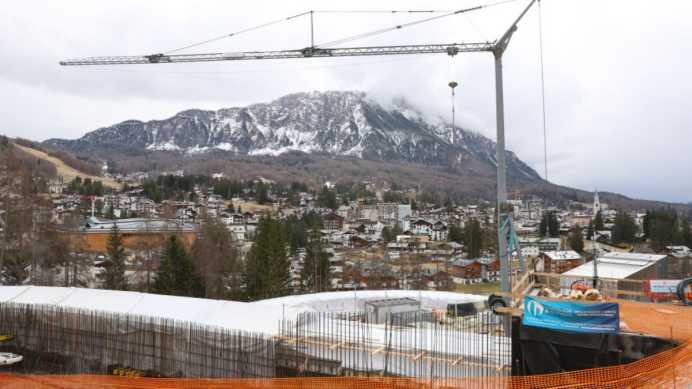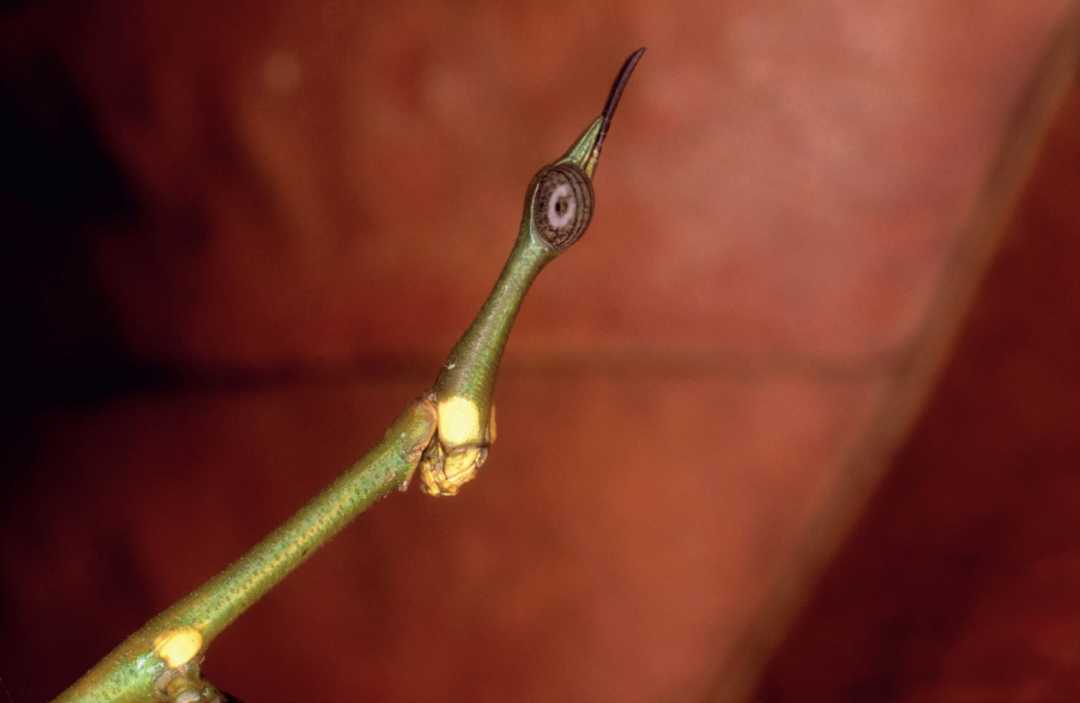
The organizing committee of the 2026 Winter Olympics is making adjustments to its budget figures. In April, it announced that the current operating budget, excluding infrastructure projects and venue construction, is approximately 1.7 billion euros. This represents a 7% increase or 100 million euros more than the previous estimate, highlighting the significant logistical and financial challenges of hosting such a large - scale event, even against the backdrop of a declining inflation rate in Italy.
Italy's inflation rate slowed significantly in 2024, dropping to 1% from 5.7% in 2023, mainly due to the 10.1% decrease in energy prices after a 1.2% increase in 2023. Despite this favorable economic trend, the 100 - million - euro increase in the operating budget from the previous forecast of 1.6 billion euros is of great significance. It indicates that the costs associated with staging the Winter Olympics are rising and that the organizing committee needs to address various financial issues to ensure the smooth running of the games.
The increase in the operating budget also implies that the organizing committee may need to find additional sources of revenue or make further cost - cutting measures in other areas. As the 25th Winter Olympics, which is also Italy's third time hosting the event, approaches, the committee will have to carefully manage its finances to meet the challenges ahead and deliver a successful Olympic Games.





